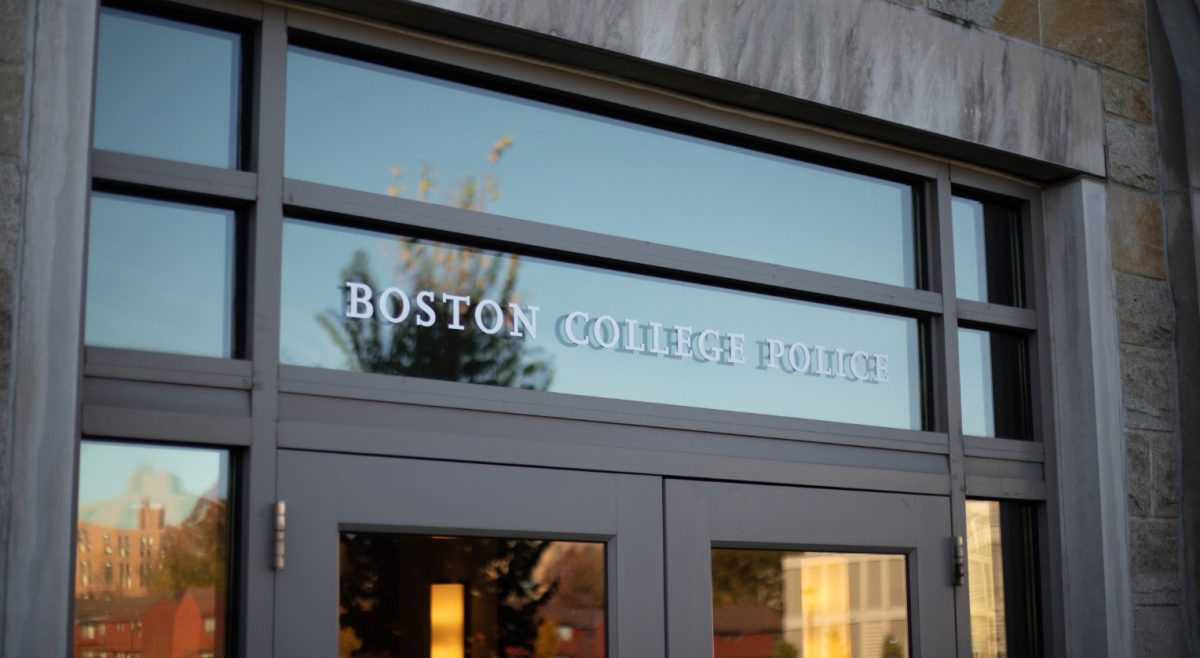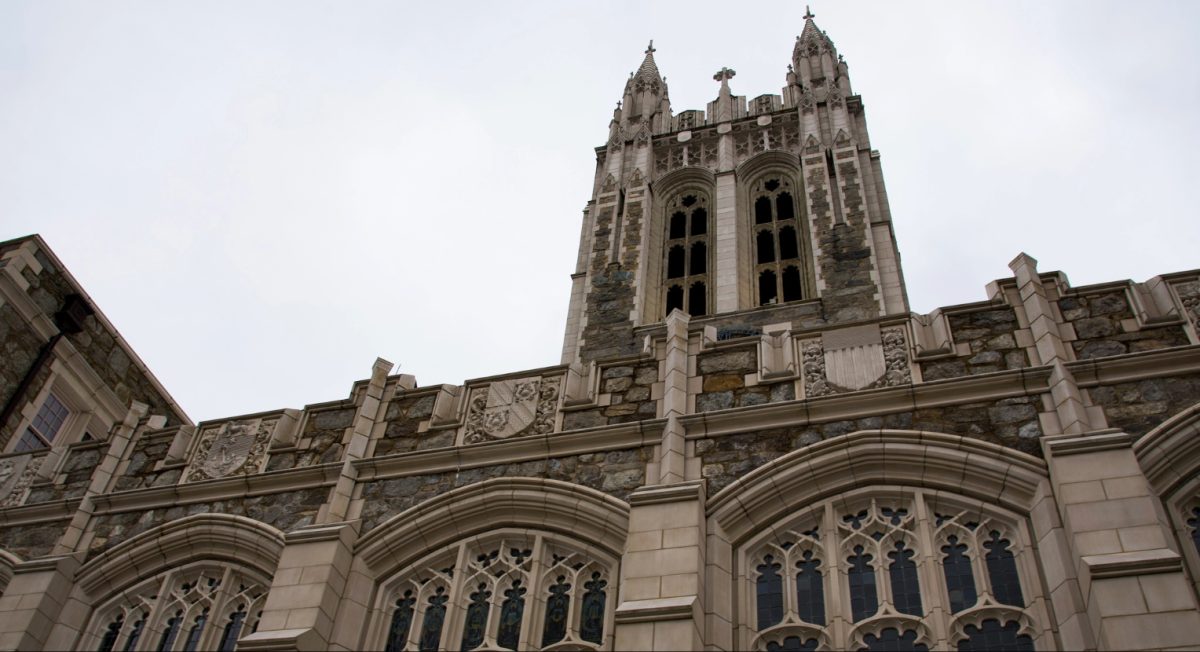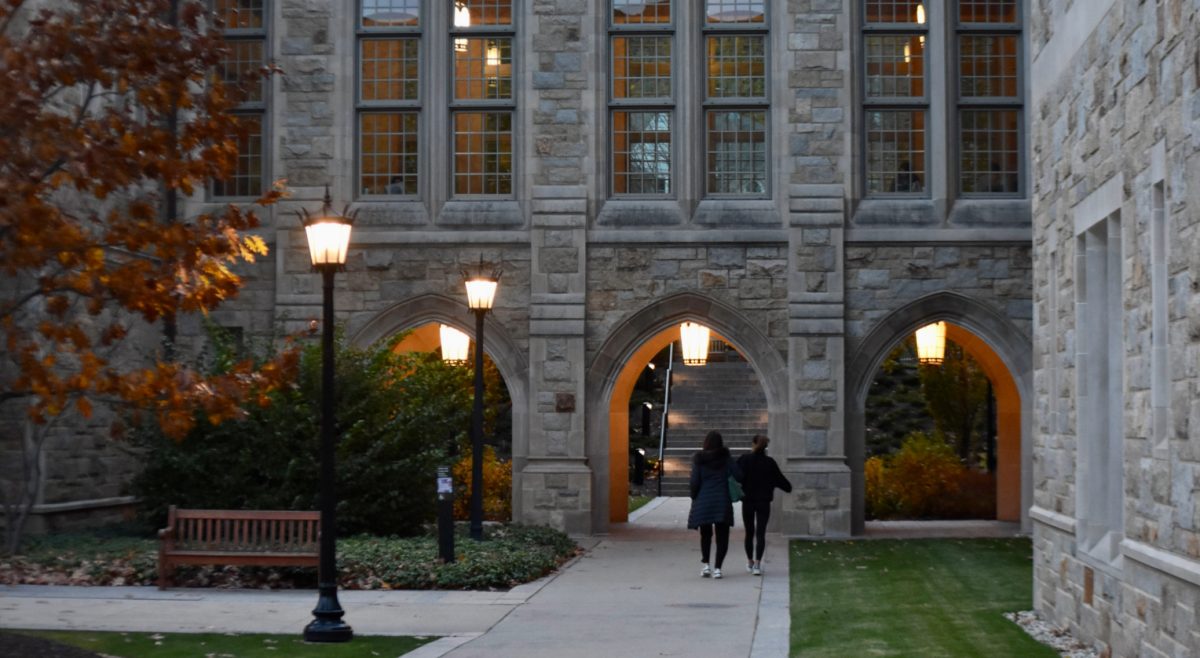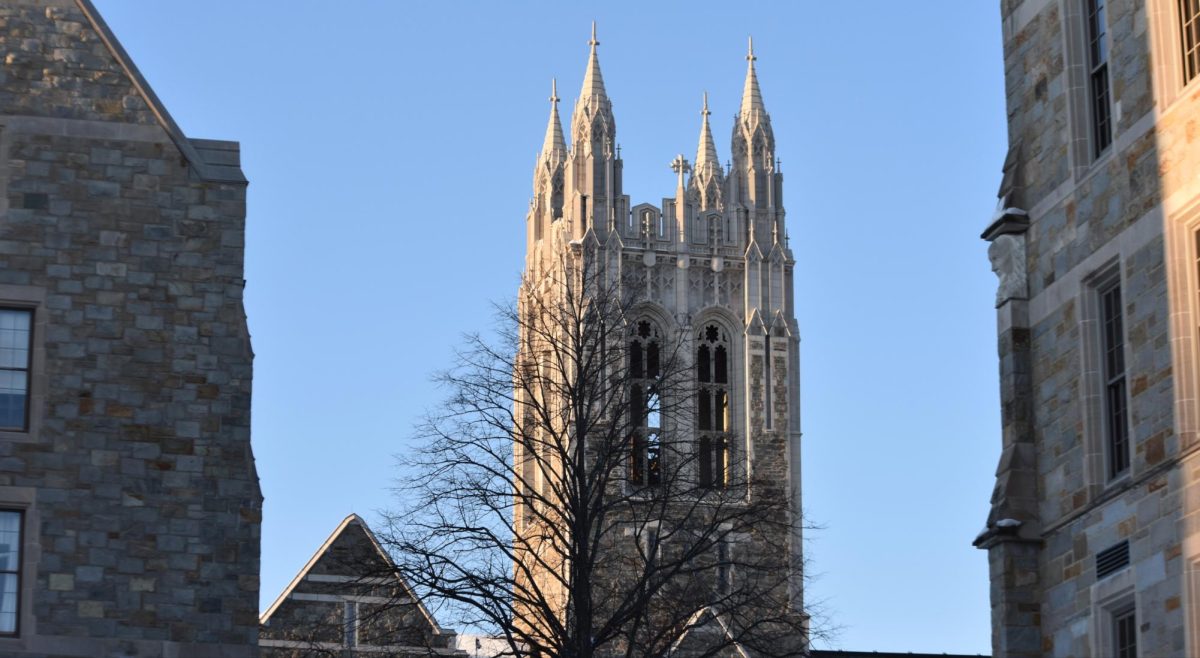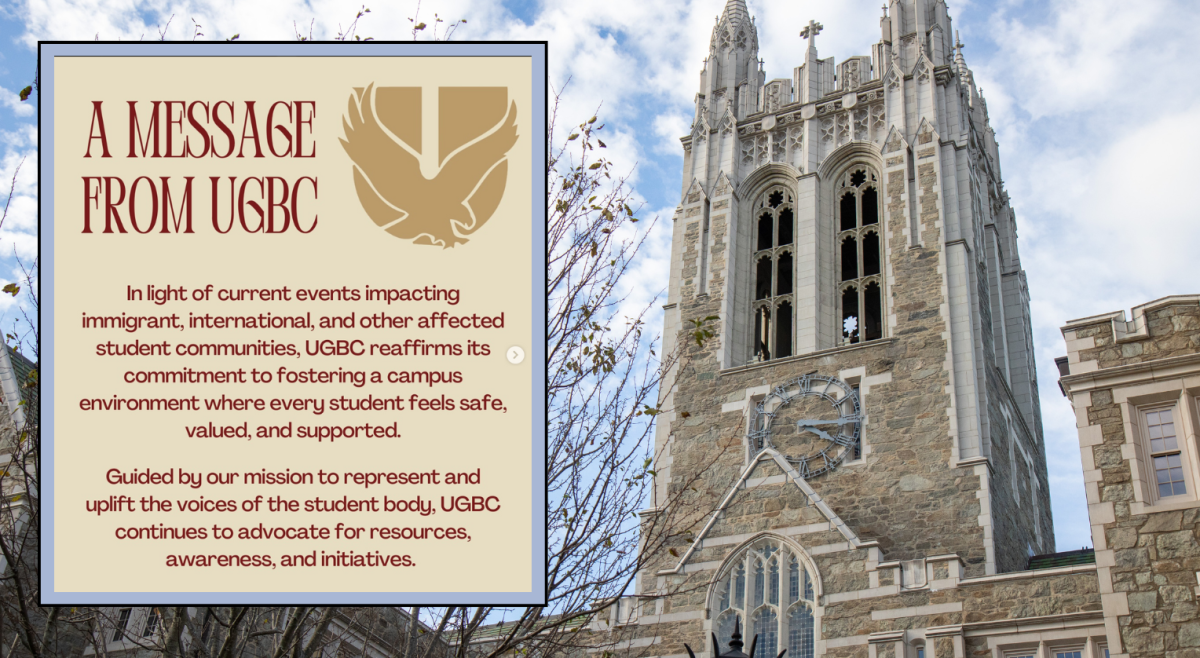Ten years ago, there were 38.46 alcohol violations per 1,000 Boston College students. In 2011, there were 98.82 violations—a 257 percent increase. Since then, the number has dropped to 62.58 in 2012 and 75.62 in 2013.
These statistics—compiled through the Office of Postsecondary Education of the U.S. Department of Education—are part of the data required to be collected under the Clery Act. The numbers are a compilation of all offenses reported by BC’s Office of Student Conduct within the Dean of Students Office. The numbers do not include people called under the University’s help-seeking policy or for other health-related matters, said Monica St. Louis, assistant dean for Student Conduct.
One potential reason for the increasing rate of alcohol violations over the past decade, according to St. Louis, is that over the past several years, more resident assistants (RAs) have been added to residence halls around campus.
The RAs have not been added expressly to address underage drinking—rather, they were added in order to increase the staff-to-student ratio, said Richard DeCapua, associate dean for Student Conduct.
There are two sides to these numbers—one that shows that many students are having relevant conversations with administrators about their drinking habits, and a second that shows a substantial number of students drinking on campus.
“It can be seen as a very good thing because we have more students having conversations about their drinking,” St. Louis said. “The more you have an opportunity to converse with someone about what your behaviors are, good or bad, the better off you’re going to be. If the numbers are low, does that mean the drinking is not happening? No, but it definitely means that we’re not having the conversations about it.”
DeCapua said that the data from the Clery Act report is an effective tool to examine how the conduct system is working at a particular school, but he also noted that it is important to place the numbers in context. He said that he believes a lot of the drinking culture at BC—where a majority of students live in University residence halls—is centered on campus.
In contrast, at an institution such as Suffolk University, only first-year students live on campus, DeCapua said. In 2013, Suffolk had 30.32 liquor law violations per 1,000 students, compared to BC’s 75.62. This number is lower because comparatively few students live on campus, according to DeCapua.
“I don’t care about numbers—I care about our system,” he said. “We have the opportunity to see more of the behavior which means we also have the opportunity to discuss that behavior.”
In recent years, the number has varied partly due to administrative policy changes. The number of violations hit a peak in 2011, when there were 98.82 incidents per 1,000 students, and then dropped sharply to 62.58 in 2012. This could be because between Fall 2012 and Spring 2014, the Office of Student Conduct began to deal with violations differently—rather than sitting down with every person involved in a violation, they began to meet only with the hosts of an event. This lowered the number of violations because the office met with fewer people.
The Clery data does not distinguish the level of reported offenses, dealing only with totals.
“There is a big difference between, ‘I have a bunch of empties in my room that were found during Health and Safety [checks]’ to ‘I’m throwing a huge party and providing alcohol to a number of freshmen and someone ends up in the hospital,’” she said. “Was it a year where it was minor violations or was it a year of major violations?”
In the past few years, conduct policy has shifted, the University ending use of an alcohol matrix designating the minimum sanction for a given offense in the fall of 2013. Sanctions now are left to the discretion of a residential community’s residential direction, and the intermediary disciplinary level of “housing probation” was dropped over the summer. According to St. Louis, recent changes to how BC handles conduct hearings was a response to student complaints of the old system being not conversational enough.
DeCapua emphasizes the importance of the conduct system not be antagonistic, and hopes to present in BC’s system a model that focuses on why students are drinking and what steps they can take in the future to make good choices and reduce risk. The majority of students who go through the conduct system do so just once, according to DeCapua. The ones who go through multiple times experience different conversations.
“Either students stop drinking—some of them do—or they just get better about hiding it,” he said. “Or they get better about making choices. Students learn to work in the system and know their own limits.”
“We have to respond, but how do we respond in kind so that we’re working with students to make good choices, help them learn to drink responsibly without necessarily interfering with someone’s education?” said St Louis.
In 2013, Harvard University reported zero alcohol referrals under the Clery Act, Tufts University 49, Emerson College 357, Northeastern University 545, Boston University 701, and BC 1,082.
Featured Image by Emily Fahey / Heights Editor

